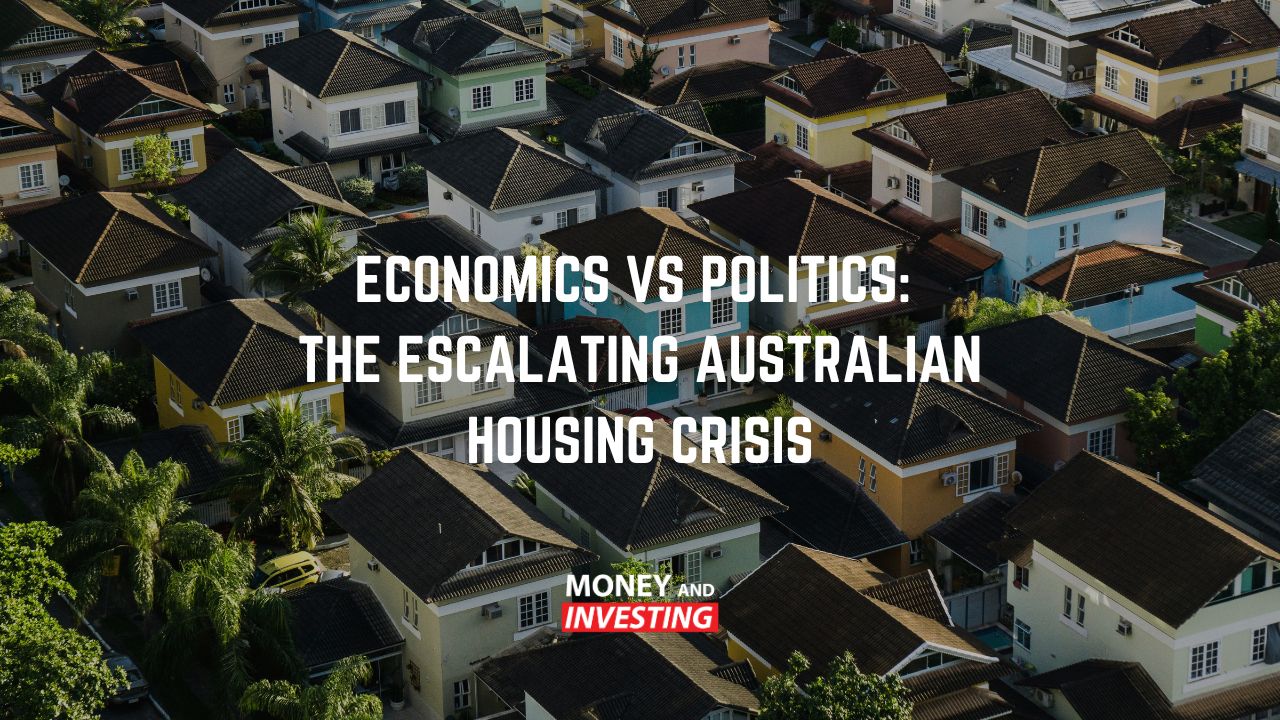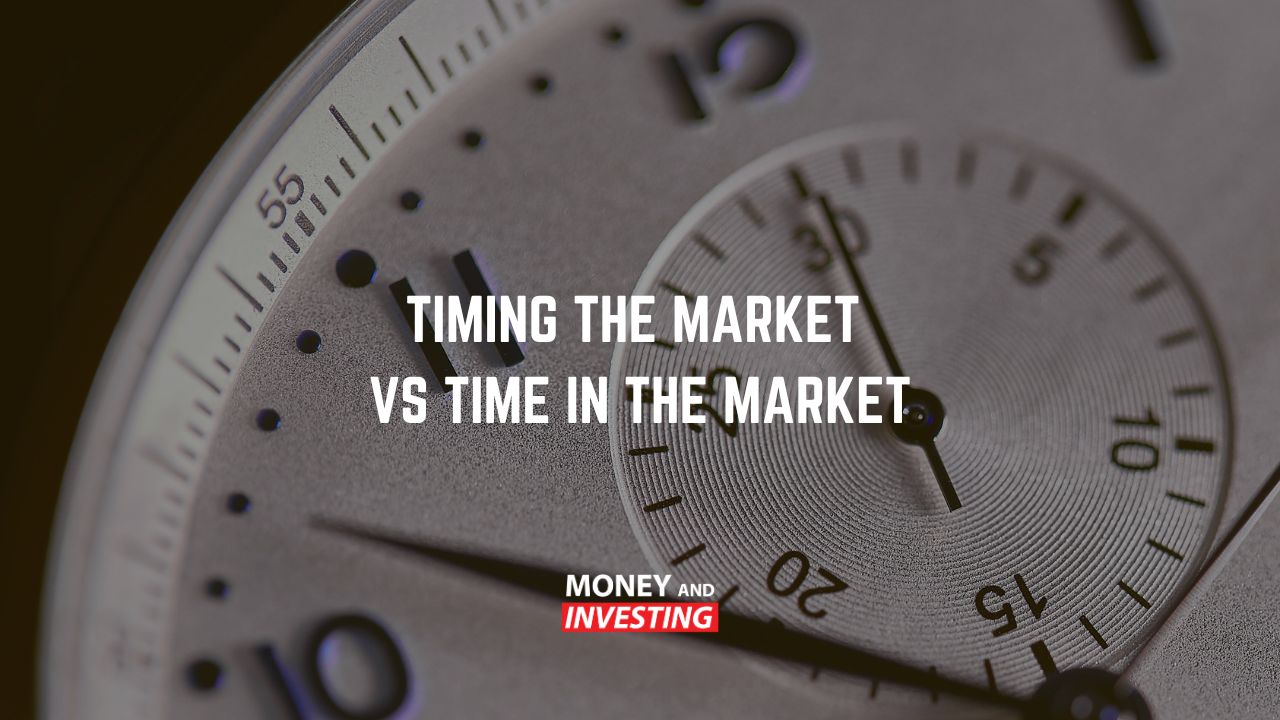For the first time ever, one of our most globally valued physical commodities has fallen into negative prices. As cars and airplanes sit idle amidst the Coronavirus, the simple lack of demand of oil has caused its value to plummet. Here’s what this means for us everyday Australians:
Oil prices negative – What? How? Why?
It may seem like an unusual notion that the value of a physical commodity, like oil, can be classified now as having a ‘negative’ price. So, what does this actually mean? Well, as oil really has no use amidst the global COVID-19 pandemic with cars and airplanes sitting idle, the global supply of oil has by far exceeded its demand.
Host Andrew Baxter suggests that, as per the classic theory of economics, as supply surpasses demand (and in this case, it has by a long shot), prices for goods fall. In the case of oil, there is simply so much of it in the world that there is no place to store it. Those who hold large quantities of oil are paying other people to take it off their hands, resulting in the price dropping so much that the cost of producing it exceeds its market value.
Saudi Arabia vs. Russia
Pre-coronavirus, Saudi Arabia and Russia decided that they wanted to secure market share for oil by pumping well in excess amounts to do so. Their focus was on securing various distribution channels and maintaining their powerful status’ as the lowest cost producers of oil around the world. Such oversupply would normally cause a slight drop in fuel prices to be absorbed by people like us at the bowser. However, given the anything but normal circumstances the current world is in, there simply is no demand for all this oil, and it has caused prices to literally plummet. Funnily enough, this is the first this has ever happened in history, ever!
The knock-on effects
Firstly, speaking for oil producers, as its costing these guys more to get the stuff out of the ground than what they can sell it for – production of oil has pretty much come to a halt. OPEC (Oils government) and Russia have even agreed to cut oil production by 500,000 barrels per day for the first quarter of 2020.
Thinking more laterally with this, taking Boeing (NYSE: BA) for example – here’s a company that was already having issues when some of its aircrafts started falling out of the sky – now, with no way to be flying in the first place, this company will surely suffer into the future.
Secondly, thinking of the electric car space and company’s like Tesla (NASDAQ: TSLA) who rely on environmentally minded people to spend large on their vehicles, in a struggling economy where people are simply trying to survive, one would expect this to have quite the effect on the company’s sales moving into the next quarter. Plus, why would you buy a Tesla when it’s so cheap to fill up your car? Food for thought.
How to make money on oil
Let’s make this clear – trading Oil futures, for example, is the big boys end of town and for the unschooled investor you will probably find yourself wiped out in just half a session. This is a place where host Andrew Baxter has traded for years but recommends playing it safer where it’s not as cutthroat for the majority of investors.
Some of the other places that are softer are things like Oil ETF’s or CFD’s. With these types of financial instruments, you can simply trade your view based on whether you think oil prices are going to rise or fall however not take the leveraged risk that futures contracts present (reach out to Andrews team to see how you can do this. Ultimately, opportunities like negative oil prices don’t arise too often – now is the time educated investors should pull the trigger to start making the most of what’s going on. The moral of the story – think laterally.



